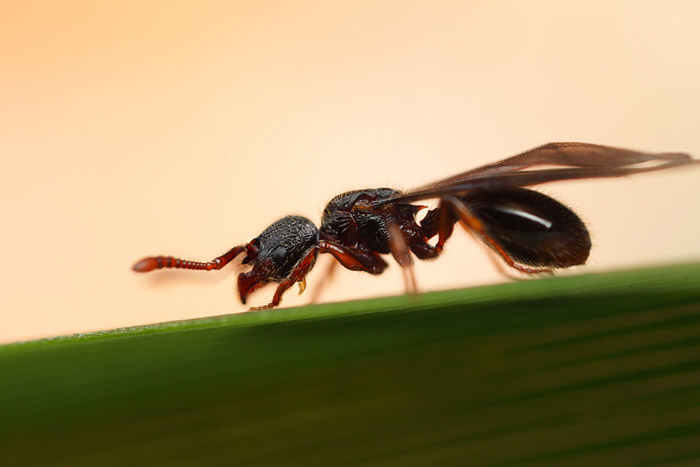© Brian Valentine
An introduction to red stinging ants
There are around 200 different known species of the red stinging ant ‘Myrmica sp‘.
It is also known as the European fire ant, and is renown for reddish colour and nettle like sting.
They are aggressive ants that will attack when disturbed or confronted. Despite this, they can not cause any serious damage to humans.
Red stinging ants are polygn meaning they have multiple queens within a colony, this can increase the colonies growth rate.
Scientific names
Myrmica rubra (featured), Myrmica sp.
Distribution
Red stinging ants originated in Europe and have become invasive species in many parts of the world including Asia and North America.
Habitat
Red stinging ants can be found in meadows, gardens and wastelands under stones, fallen trees and in the soil.
Diet
Red stinging ants eat other small insects. They also farm honeydew from aphids.
Colony size
Established red stinging ant colonies have be found with up to 250,000 worker ants with many queens.
Queen
Red stinging ant queens are typically 8-9mm, dark red, and polygyn (multiple queens per colony). They have been known to live for up to 15 years.
Workers
4-5mm, dark red.
Pest info
Red stinging ants can effectively sting humans, it gives a small burning sensation that can last for a few hours to one day.
Red stinging ants are an invasive species, the obvious risks apply. These ants do not cause issues on same level as the notorious fire ants.
Pet info
Red stinging ant species are popular among ant owners. They are low maintenance, easy to find, active, slightly aggressive and very tough. Multiple queens makes colony growth easier. Their sting may deter beginners.













